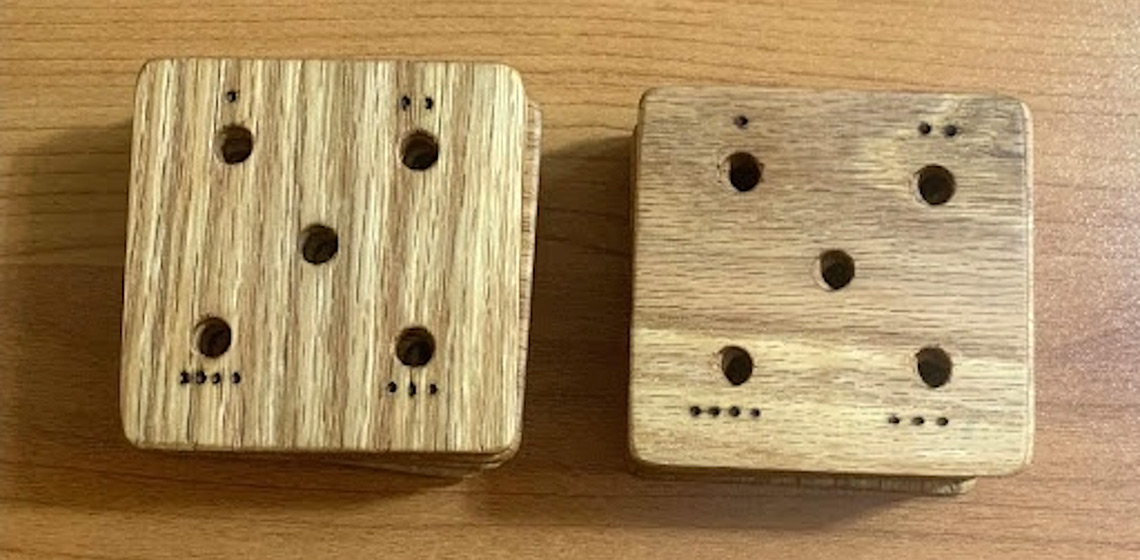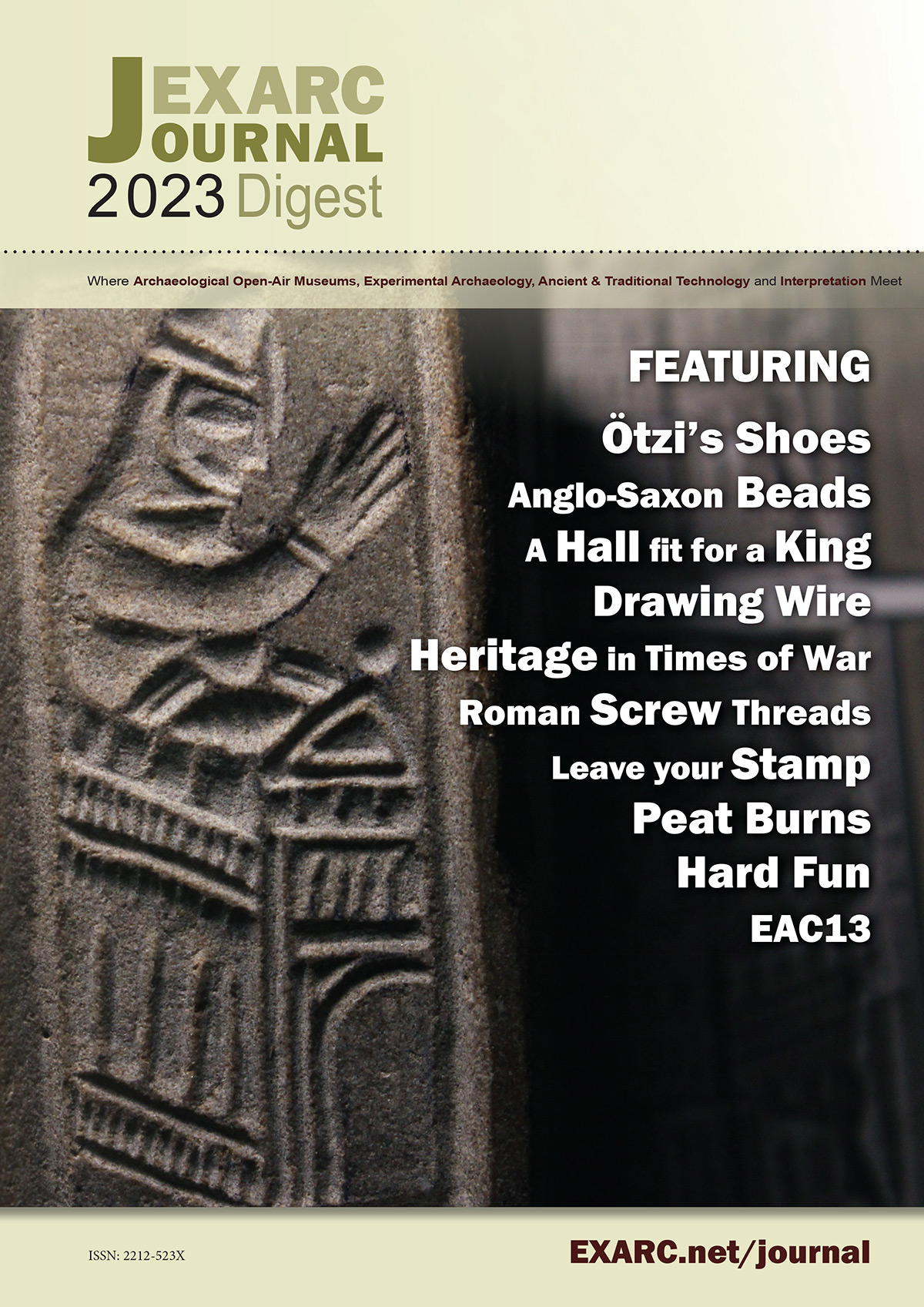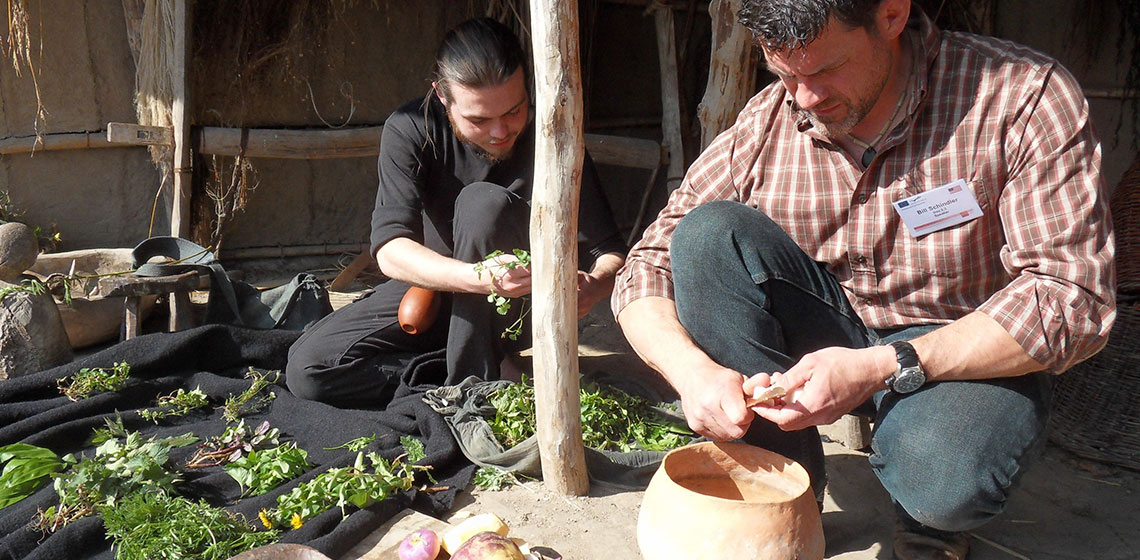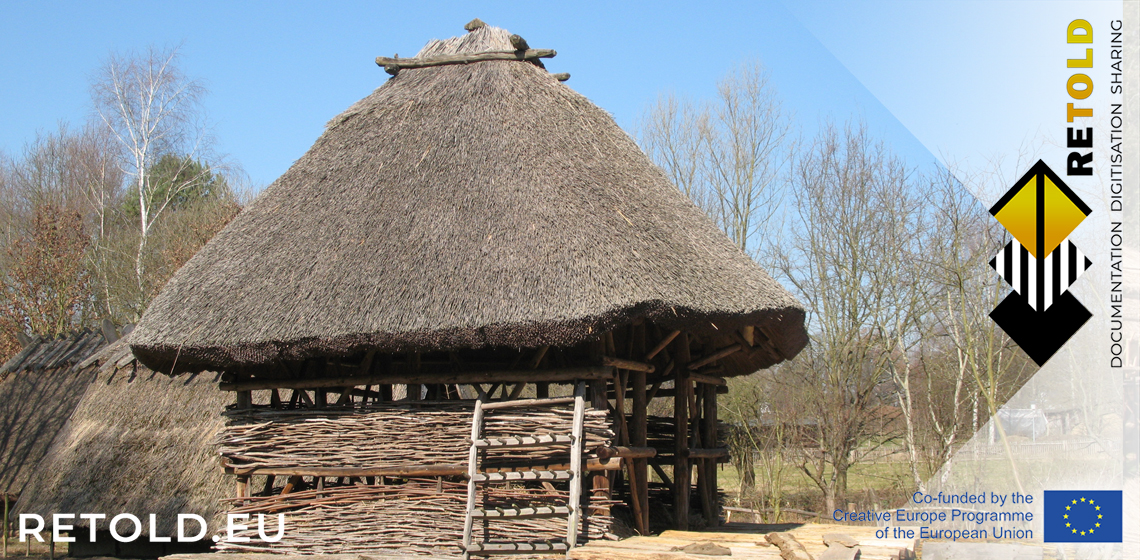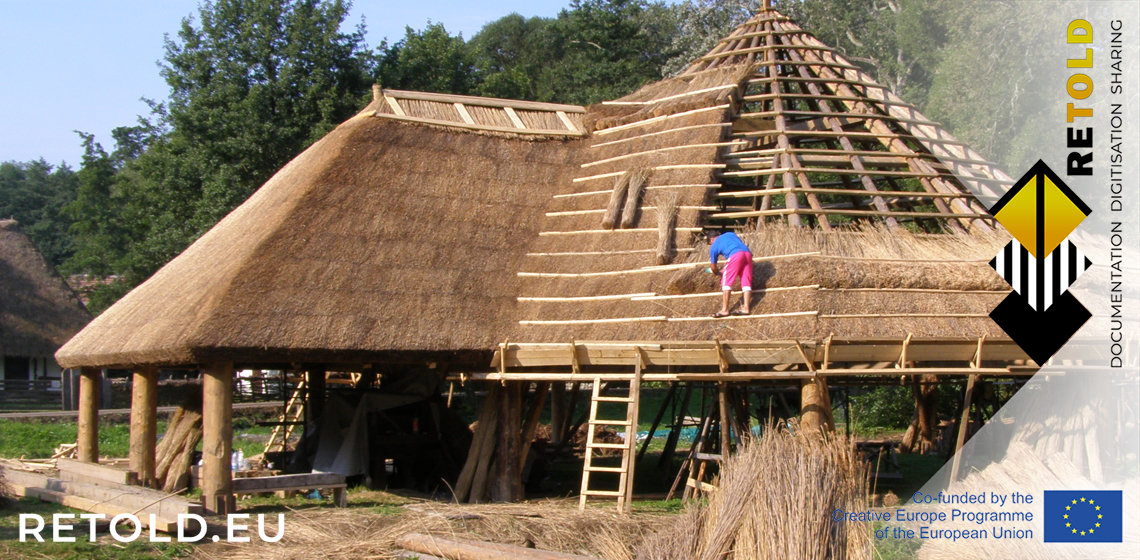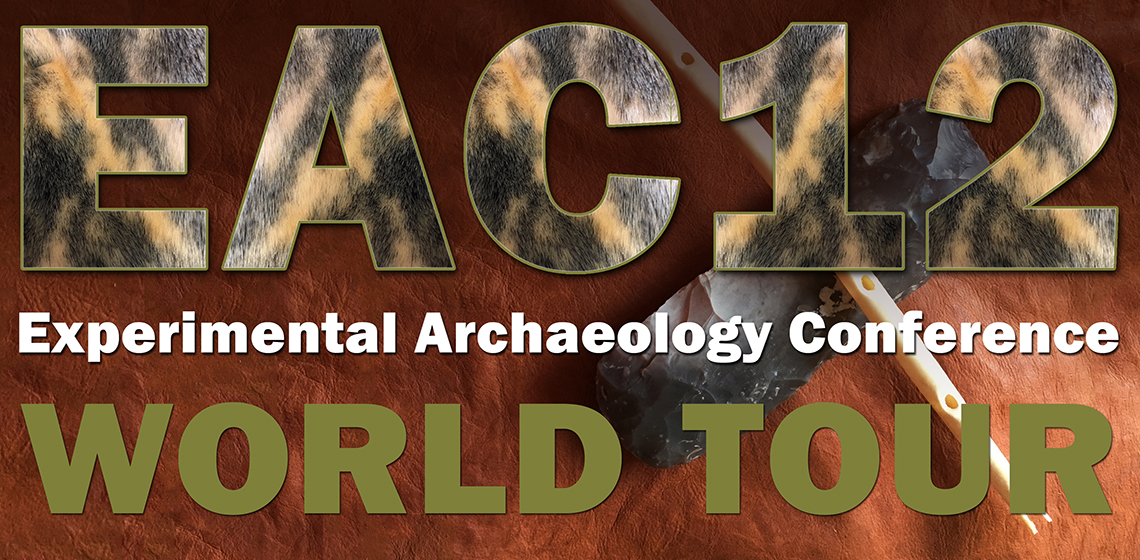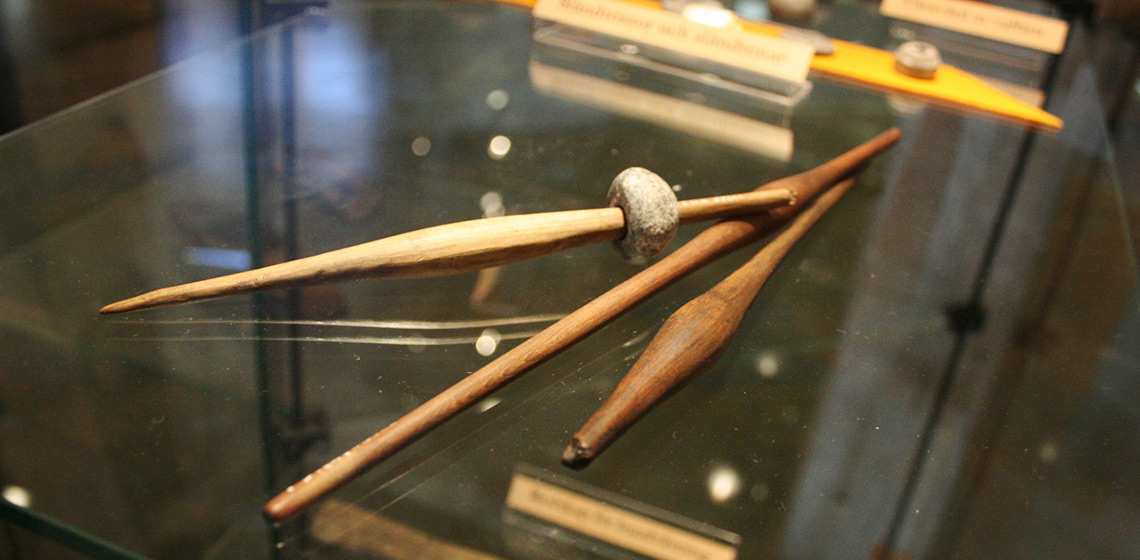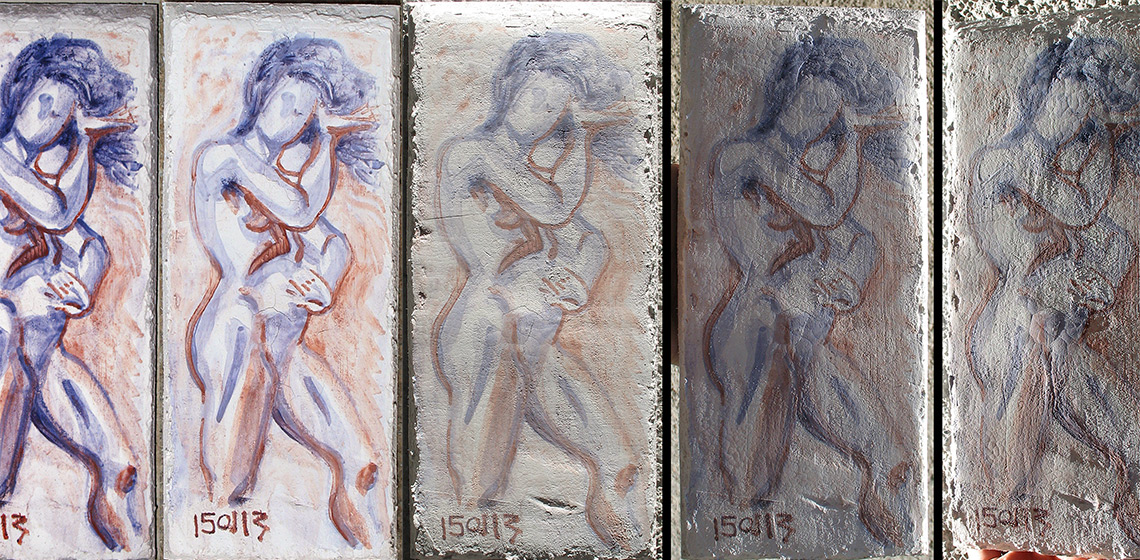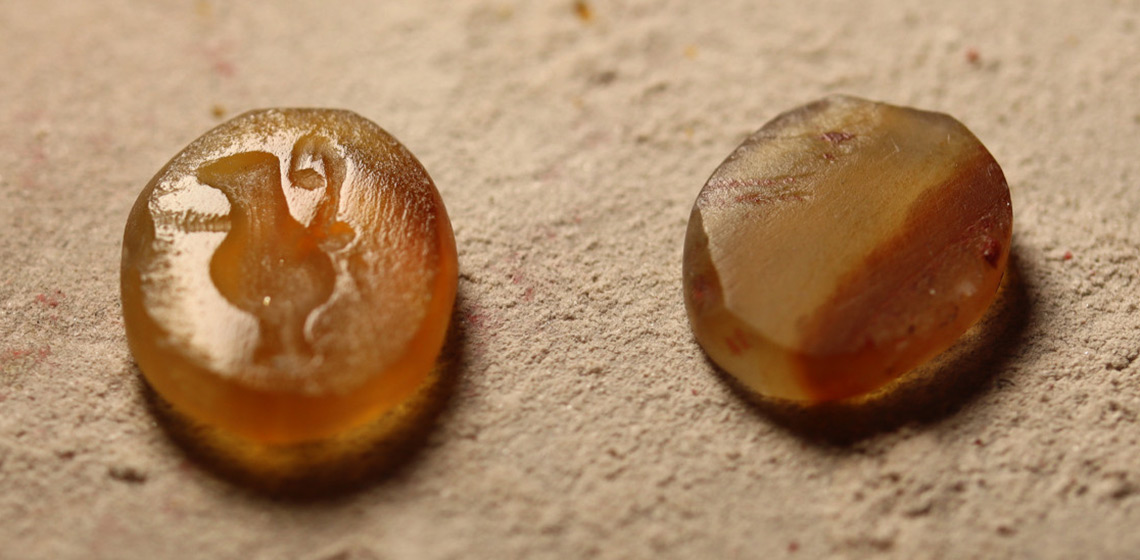EXARC Journal - Latest Articles
RETOLD: A European Project Digitises Memories of Experimental Archaeology for Their Preservation
Keynote Closing Address for EAC12: The Worldwide State of Experimental Archaeology and the Agenda for the Future
***Linda Hurcombe and Peter Inker gave the closing talk at EAC12 amazing conference. They did it in the same way as at the conference: Peter was online in the United States and Linda was online in the United Kingdom. The conversations between the two of them have been running throughout the live conference...
Recreating Historic European Spindle Spinning
Fresco Mixtures with Dried Lime Plaster: Cameron’s Experiments Revisited
Introduction
During the Bronze Age, the craftspeople of the eastern Mediterranean practiced a form of reuse or recycling: fragments of mortar were used as aggregates in lime mixtures intended for walls or floors (Shaw, 1973, p.222; Brysbaert, 2003, pp.168-173, pp.175-176; Jones, 2005, p.220; Brysbaert, 2008, p.118). Such a mixture was found in a house in the Akrotiri settlement of Santorini, in a part of the wall that was intended to be painted (Jones, 2005, p.220).

 The EXARC Journal (since 2004) is the leading Journal for those involved in
The EXARC Journal (since 2004) is the leading Journal for those involved in 